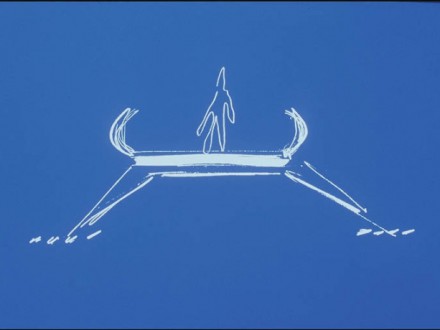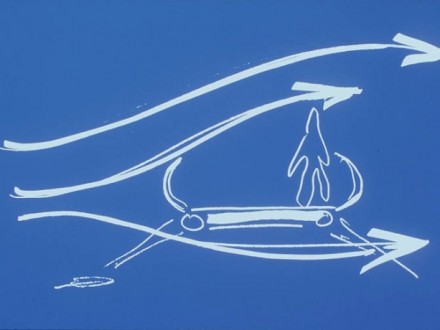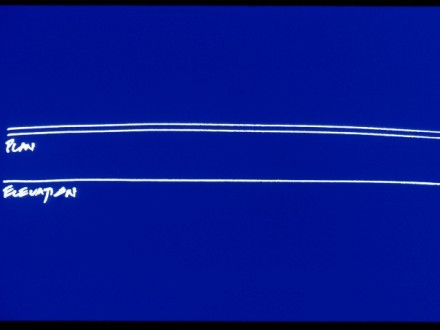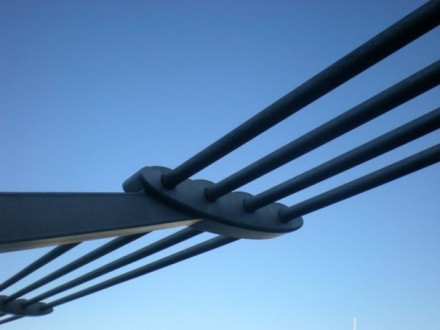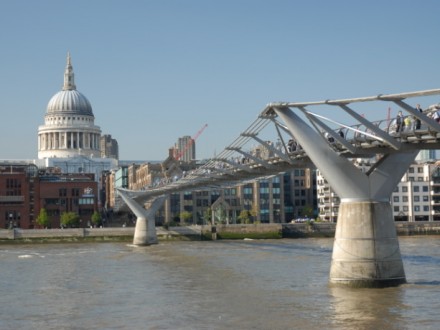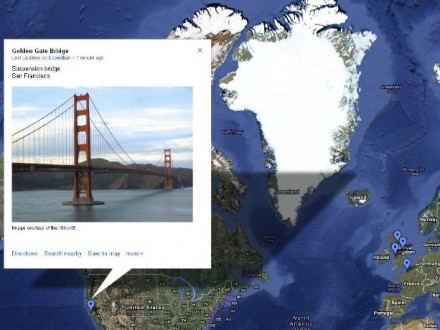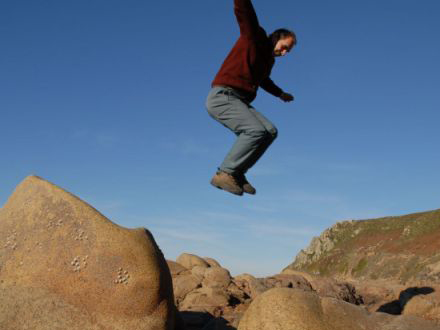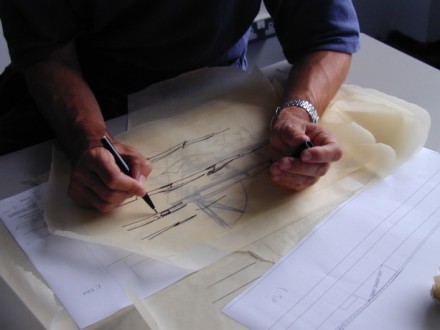Footage kindly supplied by Arup.
As the first Thames crossing since Tower Bridge in 1894, the Millennium Bridge in London is a complex piece of engineering linking St. Paul’s Cathedral with the Tate Modern Gallery. Its elegance gives a deceptively simple appearance, disguising the fact that a structure of this type had never been built before.
The most interesting characteristic of the 325 metre long steel bridge is that whilst taking the form of a suspension bridge it lacks the height associated with a conventional one. This flat appearance was an important step in delivering on the concept of a taut, slim string, strung across the water.
Delivering on this vision was enabled by the development of a support system where the tension in the shallow cable profile provides the required bridge stiffness: the aluminium deck is supported by four 120 mm cables anchored into concrete abutments on each river bank. These had to be pulled really tight in order to flatten the whole structure.
As with every engineering project, a large number of, often conflicting, factors had to be considered and modular design reduced fabrication costs, facilitated construction and reduced maintenance requirements.
As the video demonstrates, and its nickname suggests, inauguration day brought an added, and never before witnessed, challenge: the bridge wobbled due to synchronised footfall, which made it sway approximately 70 mm from side to side. To resolve this additional damper systems, weighing a total of 700 tonnes, had to be installed below the deck. This reduced the movement to an imperceptible millimetre.
Project engineer Chris Wise explains how pioneering designs, such as the millennium bridge, enable the engineering discipline to make progress:
“… we make mistakes too. The premise of infallibility pushes us to go backward rather than moving technology forward.”
Chris also believes that engineering is not a science:
“Engineering starts with something inside one’s head and then is put out into the world; it has a physical product. It is really the opposite of science, which studies what is out there in the world… You try to come up with something that is on the edge of being possible and then try to prove it.”



